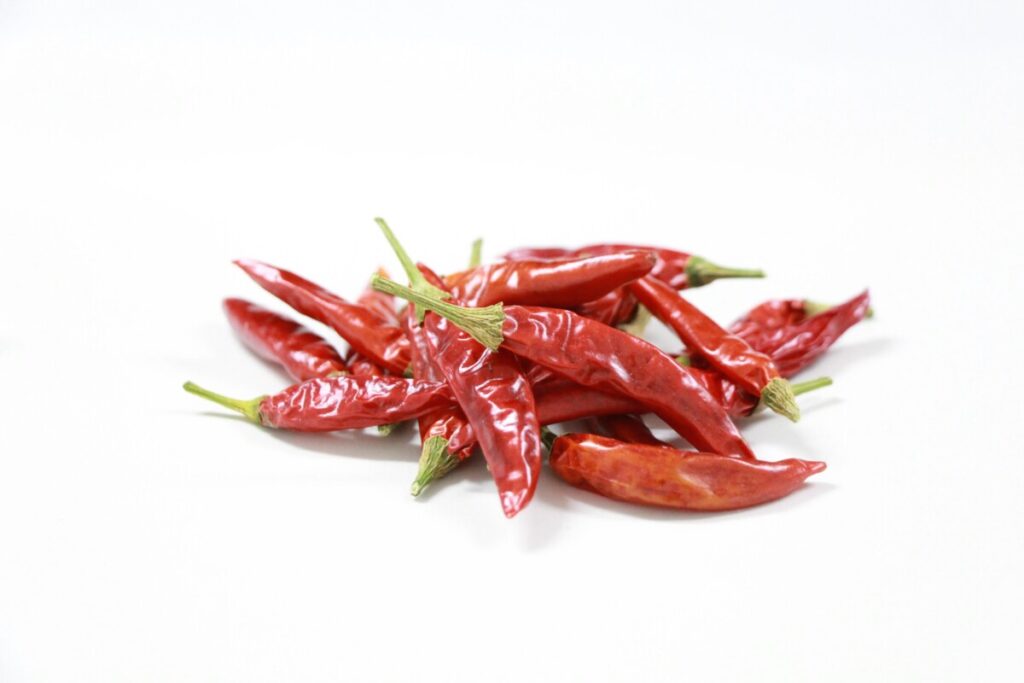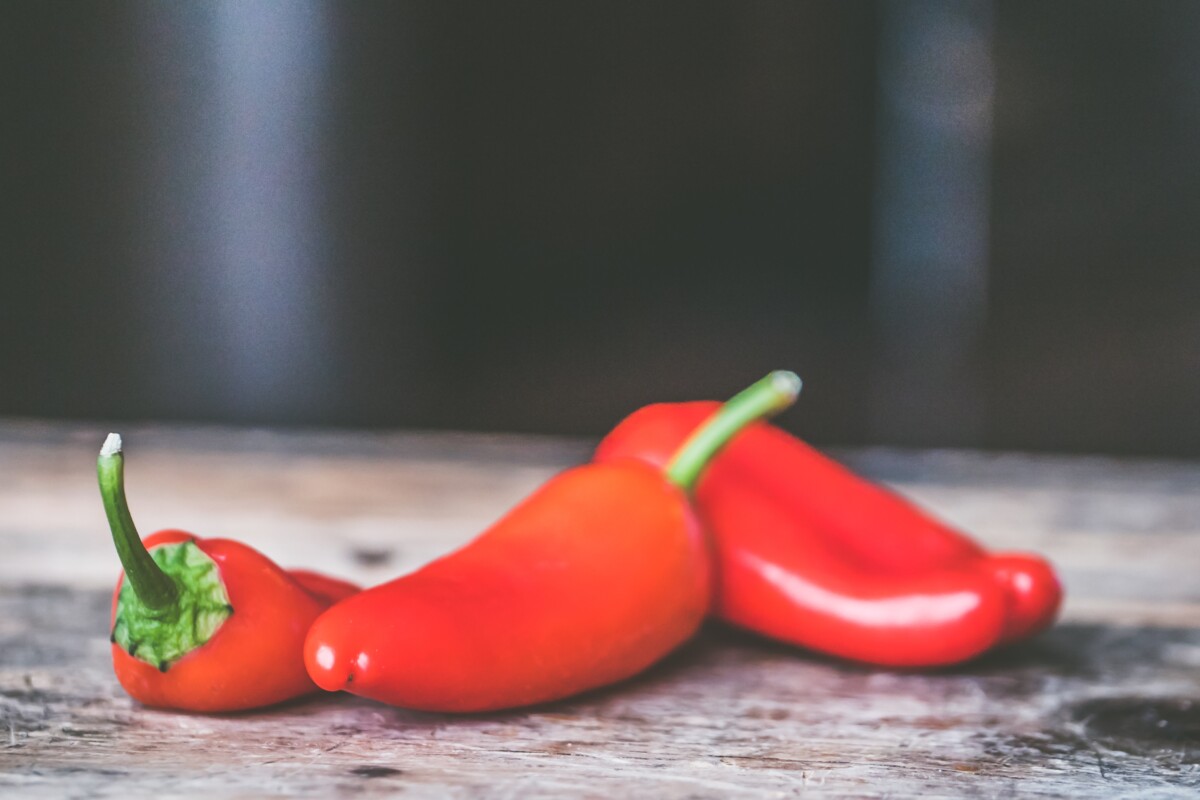The allure of spices in cuisine has been an intrinsic part of human history. From the farthest corners of India to the bustling food markets of Mexico, spices have not only flavored our foods but have also played a vital role in trade, medicine, and cultural rituals. But have you ever stopped to wonder what makes these spices so spicy? Why does a bite into a chili pepper set your mouth ablaze, while a pinch of black pepper tingles your palate? The answer lies in the fascinating world of flavor compounds, chemistry, and human physiology. Here, we dive deep into why spices taste spicy.
The Culprit: Capsaicin and Piperine
Two main compounds are often responsible for the spicy sensation we experience: capsaicin in chili peppers and piperine in black pepper.
Capsaicin
Capsaicin is a compound found primarily in chili peppers. The Scoville Heat Scale measures the spiciness of a pepper by quantifying its capsaicin content. The more capsaicin, the spicier the pepper. For example, a Bell pepper has zero Scoville Heat Units (SHUs), while the infamous Carolina Reaper clocks in at over 1.5 million SHUs.
Piperine
Black pepper, the world’s most traded spice, contains the alkaloid piperine, which is responsible for its pungency. Though not as hot as capsaicin, piperine is enough to provide that characteristic kick.
How Do They Work?
When capsaicin or piperine come into contact with our tongues, they bind to a receptor called TRPV1, which is a heat-sensitive ion channel. This channel typically responds to temperatures above 42°C (107.6°F) and low pH (acidic conditions). When activated, it sends signals to the brain that are interpreted as heat or spiciness, tricking your mind into thinking your mouth is on fire.
Spiciness: A Self-Defense Mechanism?
Interestingly, capsaicin doesn’t affect all animals in the same way. Birds, for instance, are not sensitive to capsaicin. This divergence has led scientists to hypothesize that the spiciness serves as a self-defense mechanism for the plants. Mammals, with their grinding molars, destroy seeds, while birds, which do not have molars and cannot taste capsaicin, disperse the seeds over a wide area.

The Role of Genetics and Environment
Ever wondered why some people can handle spicy foods better than others? Genetics plays a role in our sensitivity to spiciness. Some people have more TRPV1 receptors or variants that are more sensitive, making them more susceptible to feeling the heat. Environmental factors like repeated exposure to spicy foods can also desensitize these receptors over time, allowing individuals to tolerate more spiciness.
Health Benefits
Spicy foods are not just a thrill for your taste buds. Capsaicin has been studied for its potential health benefits, including pain relief and boosting metabolism. Piperine enhances the bioavailability of other nutrients and drugs, meaning it helps our body to absorb other beneficial substances more efficiently.
Cultural Factors: The Spice Trade and Global Cuisine
One can’t explore the subject of spices without acknowledging the monumental influence of the spice trade on global cuisine. Starting from ancient times, spices like black pepper from India and nutmeg from Indonesia were highly sought after and contributed to shaping the course of human history. Today, spicy foods are a staple in various cuisines, from Mexican tacos loaded with jalapeños to fiery Indian curries. Interestingly, cultural familiarity with spicy foods can desensitize individuals to the heat, making it a norm rather than an exception.
Regional Variations in Spiciness
Not all spicy foods are created equal, and regional variations in spice levels are often evident. Take, for example, the Szechuan peppercorn used in Chinese cuisine. It contains hydroxy-alpha sanshool, a compound that doesn’t just stimulate the TRPV1 receptors but also affects other nerve endings, producing a numbing, tingling sensation.
More Than Just Heat: Flavor Compounds
While spiciness often takes center stage, spices bring a plethora of other flavor compounds that contribute to their unique profiles. For instance, turmeric contains curcumin, which has a slightly bitter, earthy taste. Similarly, cinnamon has cinnamaldehyde, responsible for its sweet, woody aroma. These compounds add layers of complexity to dishes, elevating them from mere spiciness to intricate flavors.
The Psychology of Spiciness
There is also a psychological component to enjoying spicy foods. Capsaicin triggers the release of endorphins, the body’s natural painkillers, creating a sensation often referred to as a “spice high.” This release can cause a form of mild euphoria, contributing to the addictive nature of spicy foods for some people.
Handling the Heat: Remedies for Too Much Spice
If you’ve ever bitten into something spicier than you can handle, you know the desperate search for relief that follows. Water often feels like an intuitive choice, but it’s ineffective because capsaicin is insoluble in water. Dairy products like milk or yogurt are your best bet. They contain casein, a protein that effectively binds to capsaicin and washes it away.
Safety Concerns and Overconsumption of Spices
While spices add zest to our foods and come with health benefits, it’s important to be cautious about overconsumption. Excessive intake of spicy foods can lead to gastrointestinal issues and, in extreme cases, can even cause capsaicin poisoning, which, although rare, is a serious condition.
Cooking Techniques to Control Spice Levels
For those who enjoy the aroma of spices but are sensitive to their heat, various cooking techniques can help control spice levels. Toasting spices can reduce their pungency, while pairing them with acidic components like lemon juice can balance the overall spiciness of a dish. Also, removing the seeds and membranes from chili peppers can significantly reduce their heat levels, as these parts contain the highest concentrations of capsaicin.
So, the world of spicy foods is a vast and intricate one, deeply embedded in our history, culture, and biology. The sensation of spiciness is more than just a challenge for your palate; it’s a multi-dimensional experience that includes specific chemical compounds, genetic predispositions, and even psychological factors. The next time you’re enjoying a spicy meal, you can appreciate it not just for the flavors dancing on your tongue but for the remarkable tapestry of elements that come together to create that delightful, or sometimes eye-watering, sensation.
